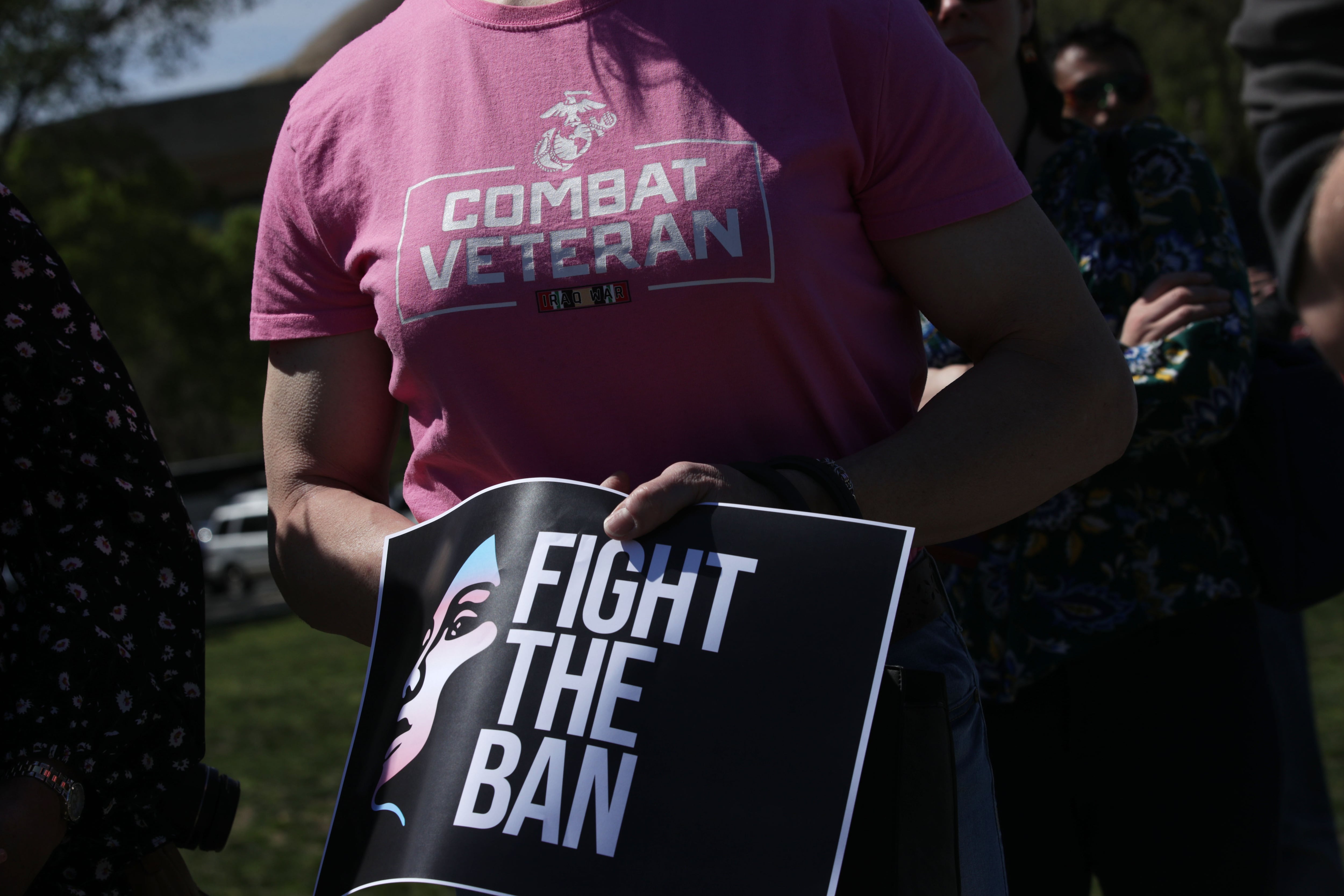Editor’s note: After this story’s publication, Army personnel officials spoke with reporters about this issue, confirming Army Times’ reporting. This story has been updated with more information from that briefing.
Officials from Army Human Resources Command recently alerted hundreds of active duty aviation officers that their service commitments are about three years longer than previously thought, Army Times has learned.
The move, which shocked impacted pilots interviewed by Army Times, came due to a previously incorrect interpretation of “branch of choice active duty service obligation” contracts the officers signed during their pre-commissioning training at West Point or ROTC.
“We acknowledge that there were errors in the application of aviation officers’ active duty service obligation[s],” said Lt. Gen. Douglas Stitt, chief of the service’s personnel directorate. “We are fixing those errors.”
The chaos comes from the soldiers’ overlapping service obligations — agreements controlling when an officer can leave the Army — some of which are contract-based and some of which are set by federal law. Aviation officers have different requirements than those in other roles, adding to the confusion.
Dozens of impacted officers signed a letter to members of Congress claiming that officials fed them inaccurate information about their contract lengths. Among its enclosures, which Army Times obtained from multiple sources, were briefing materials and messages from branch managers, the Army’s official career advisors, that affirmed a shorter-length interpretation of their obligations.
The officers described service regulations and documents as filled “with contradicting statements,” and argued that the Army shouldn’t begin enforcing obligations that it didn’t on their peers who departed before the error was realized.
Maj. Gen. Tom Drew, Human Resources Command’s top general, argued that the contract form “clearly states” the longer commitment.
Regardless of who is to blame, over 600 Army aviators must now defer any post-service plans for as long as three years, and the additional time means they’ll likely complete another assignment (and move) before they’re eligible to leave. As of Thursday, the Army is aware of “less than” 20 others who already had resignations incorrectly accepted despite owing more time, Stitt said. They won’t be recalled to service.
Compounding the problem, the letter said, the contracts were not uploaded to many officers’ personnel files until recent months, and automated personnel systems rarely provide accurate service obligation dates.
Drew acknowledged the “error” in calculating dates, but pushed back on the officers’ assertion that they did not have access to copies of their contracts.
Other than the handful with already approved resignations, pilots commissioned between 2015 and 2020 who signed such contracts must serve longer than expected due to the discovery. For those who were counting on a fast-approaching separation date and already made firm arrangements for civilian life, Drew said he would “personally” review and approve exception to policy requests waiving the additional years on a “case-by-case” basis.
The uproar comes amid a major recruiting crisis for the service, which has it struggling to fill the ranks. The Army also suffers from recurrent pilot shortages, which led it to increase the contractual obligation for pilots trained after 2020 and add more flight training slots.
A Black Hawk pilot commissioned in 2019, who requested anonymity due to the matter’s sensitivity, said she feels “misled” by the whole affair.
Tangled timelines
Not all pilots have “branch of choice” obligations, either. Under the system the Army used for the last decade to match cadets with career fields, prospective officers ranked their desired jobs and indicated whether they’d accept an additional three-year contractual service obligation if necessary for them to get a branch of their choice.
Cadets signed the contracts, not knowing if the Army would even exercise them.
Then the Army branch selection board would weigh a cadet’s ranking alongside their willingness to accept an extra three years, according to methodology documents. Top-ranked cadets often received their favored choices without owing more time, but for a competitive branch like aviation, the board often selected average cadets who elected the additional service obligation.
For non-aviation officers, the math is simple. When their statutory commissioning service obligation ends, they serve their contractual three years. Non-aviation officers who incur any additional contractual obligations, such as one for military schooling, serve them concurrently after their commissioning obligation runs out. The officer can voluntarily resign after the completion of their longest-running contractual obligation.
For example, an engineer officer from West Point with the following commitments can still resign at the end of their eighth year, because their two contractual obligations run simultaneously:
- Five-year statutory commissioning obligation.
- Three-year contractual branch of choice obligation.
- Two-year contractual military course obligation for beginning a specialized development program at the start of year six.
Pilots, however, are the only Army officers who receive a second statutory obligation of six years when they finish flight school, thanks to a law passed during a late 1980s pilot shortage. A pilot with a contractual three-year “branch of choice” commitment thus cannot resign until at least three years after completing flight school, the Army has clarified.
Under Human Resources Command’s corrected application of laws and regulations, an ROTC scholarship aviation officer would not be able to resign until the end of their 11th year if they have the following commitments, assuming they graduate at the end of year two:
- Six-year statutory commissioning obligation.
- Six-year statutory flight school obligation that begins when the officer graduates at the end of their second year of service.
- Three-year contractual branch of choice obligation.
Previously, officials with Army Human Resources Command treated the flight school commitment as a contractual obligation, the letter said. That policy allowed officers to simultaneously serve it alongside their three-year branch of choice obligation and thus immediately resign six years after receiving their pilot’s wings, if they wished.
According to Drew, the reassessment came after officers commissioned in 2015 began to submit their resignations and his command realized their service obligation dates were incorrect.
“We went back and we did kind of audit all of those out there,” he said. The general cautioned that the service is still “refining” the number of officers, estimated at “a little over 600.” They now can’t leave immediately after finishing their flight school commitment.
‘I didn’t even really think twice’
That’s what the Black Hawk pilot thought she could do. As far as she knew, she only owed three active duty years from ROTC plus six years after her flight school graduation, since she didn’t take scholarship money.
The pilot said briefings she received at training events during the branch education process convinced her that opting for the branch of choice obligation was the only way she could fly. Officials also told her, she said, that under service policy the additional three years would pass before she finished her pilot training obligation anyways.
“So I didn’t even really think twice about it,” she recalled. “I was like, ‘Sure, I’ll sign one if it helps me in some way,’ because it had no impact on my timeline.”
But the command’s recent message to the aviation community clarified that the Army will apply the three-year obligation after the officers finish their six-year flight school commitment, ending the previous policy of treating flight school like any other training obligation.
Both Stitt and Drew committed to improving how the service communicates such commitments, both before and during an officer’s career.
For the Black Hawk pilot, it’s too late. The change means she can’t leave the Army until 2030 rather than in 2027 — and in retrospect, she’s reconsidering her decisions.
“If my commitment to the Army was only three years, I could have been out last fall,” she said, adding that she eagerly committed what she thought would be roughly eight years in order to fly.
“11 years is not something I was envisioning at any point in this process,” she said. “That was not even on my radar.”
Davis Winkie covers the Army for Military Times. He studied history at Vanderbilt and UNC-Chapel Hill, and served five years in the Army Guard. His investigations earned the Society of Professional Journalists' 2023 Sunshine Award and consecutive Military Reporters and Editors honors, among others. Davis was also a 2022 Livingston Awards finalist.





